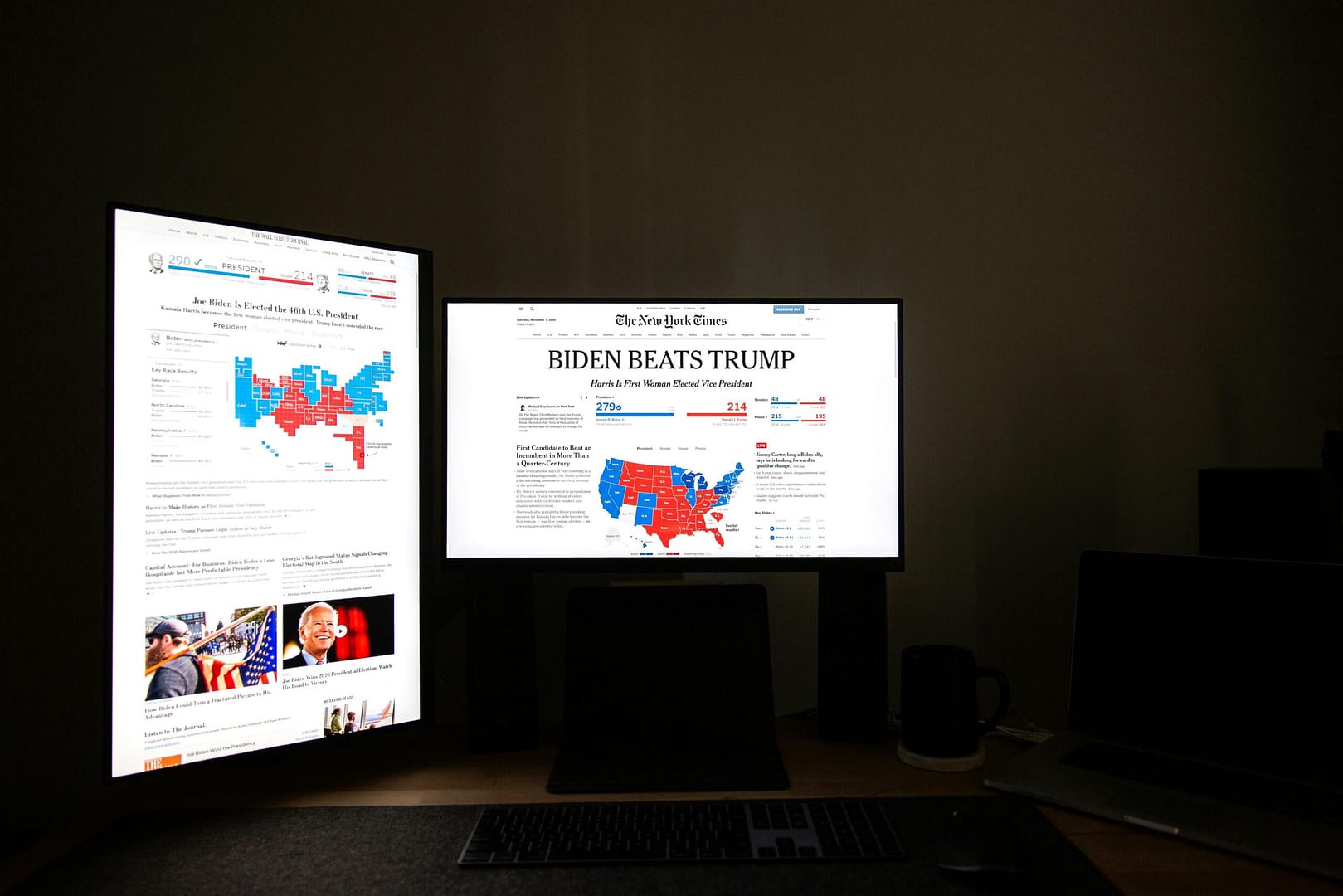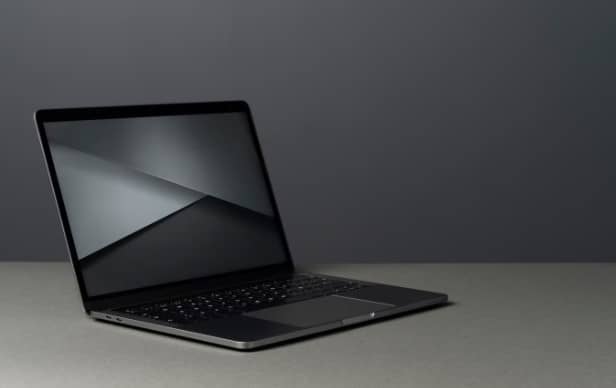The global economy paused when the U.S. President announced the trump tariffs—key to his ‘America First’ policy aimed at reviving industry, reducing the trade deficit, and curbing what he called unfair practices, especially by China. While intended to protect American jobs, their broader impact sparked intense debate among economists, businesses, and policymakers.
What Are the trump tariffs?
The term ‘trump tariffs‘ refers to a series of import taxes the Trump administration imposed between 2018 and 2020. The administration levied tariffs on steel, aluminum, solar panels, washing machines, and hundreds of billions of dollars’ worth of Chinese imports. It cited national security, intellectual property theft, and a growing trade imbalance with key global partners as reasons for the action.
China was the chief target; however, the tariffs also extended their reach to traditional Allies, such as Canada, Mexico, the European Union, and Japan, thereby instigating trade tensions with very close economic partners.
The Goal Behind trump tariffs
For Trump, the main rationale was that the United States had been losing in international trade, especially due to unfair trade practices engaged in by other nations-neglecting to give China special mention. With tariffication as its weapon, the administration sought to:
- Protect American industries from cheap imports.
- Encourage domestic production.
- Punish countries engaged in intellectual property theft or trade manipulation.
- Reduce the U.S. trade deficit.
The administration believed these tariffs would force a host of foreign nations into the negotiation of new trade pacts more beneficial to the Unites States.
Economic Impact on American Industries
The trump tariffs had mixed results. Some U.S. manufacturers, particularly in steel and aluminum, experienced some short-term gains. These two manufacturing sectors benefited from higher domestic prices brought on by an artificially-lowered level of foreign competition. Meanwhile, in many other sectors, particularly those industries that rely on imported parts or raw materials, tariffs translated into higher production costs.
Among the hardest hit were the auto, electronics, and agricultural sectors. For example:
- Auto manufacturers saw increased costs for steel and aluminum.
- Farmers got retaliatory tariffs from China, which led to plummeting exports of soybeans.
- Tech companies had to endure higher prices for Chinese-manufactured components.
Some passed these costs on to consumers, whereas others bore the costs themselves to the detriment of their profits.
trump tariffs and the U.S.-China Trade War
Essentially, a witch’s brews-attempt making it as a mantra-for being the hammer that has pounded the U.S.-China trade war.
In these more than two years, the Trump administration imposed tariffs on Chinese goods worth upward of $360 billion. China retaliated against American exports worth over $100 billion.
These tit-for-tat tariff raises affected the economies:
- Exporting to China has dropped drastically, mostly in agriculture.
- Global supply chains have been interfered with as manufacturers try to relocate production.
- Stock markets became volatile, with their trend changing at every new announcement of tariffs.
In early 2020, both sides negotiated the Phase One Trade deal, in which China promised to buy more American goods, but analysts pointed out that many major issues remained unresolved.
Impact on Consumers
One of the lesser discussed yet most crucial impacts of Trump’s tariff was on the American consumers. Although Trump had stated that foreign exporters would absorb the cost of tariffs, economists too showed that higher-priced goods were being paid for by U.S. importers and consumers.
A 2019 study by economists from the Federal Reserve Bank of New York, Princeton University, and Columbia University found nearly complete pass-through of higher prices to American consumers, effectively making them the bearers of the cost of the trump tariffs.
Global Reaction and Trade Uncertainty
Global and long-established trade norms suffered putting the Trump tariffs on export and import commodities. In retaliation, the affected nations went on at the WTO and challenged that the pretext of national security is being used for protectionism. The WTO found against the U.S. in several instances, though enforcement remains limited.
Moreover, the trade uncertainty created by the unpredictable tariff announcements led to further delays in investment decisions by firms, risking growth worldwide. click here
Did trump tariffs Work?
The question of whether the trump tariffs achieved their intended outcomes is always a subject of debate. A few of the main issues would be:
- Trade Deficit: Despite tariffs, the trade deficit in the U.S. remained unchanged for the most part. The imports from China might have decreased, with increased imports from somewhere else, largely defeating the purpose of these tariffs.
- Domestic Manufacturing: Some sectors gained, but overall U.S. manufacturing growth was minimal. Job growth in manufacturing did not significantly increase from pre-tariff levels.
- Leverage in Trade Deals: The tariffs arguably gave the Trump administration some negotiating leverage. New trade agreements such as the USMCA, which replaced NAFTA, have had stronger provisions for U.S. industries.
So while the tariffs gave the international trade system quite a shake, they really did not keep their economic promise.
The Biden Administration’s Approach
After taking office in 2021, Joe Biden perpetuated a great number of trump tariffs, especially those directed against China. Notwithstanding, a more multilateral approach was being sought out under his distinguished leadership, with allies cooperating in the collective addressing of trade issues.
Rather than repeal trump tariffs, the Biden administration is reviewing them and granting product-specific exclusions, balancing strategy with economic concerns.
Political and Public Opinion
It is still an extremely fraught topic within American politics. Supporters claim they had to be imposed to confront unfair trade practices and to project strength in the international arena. The others maintain they were essentially taxes on consumers and businesses and have disrupted relations across borders without furnishing any tangible uplift to the economy.
Polls during the Trump administration revealed a divided public opinion. Some appreciated the tough stand against China, while others had their fears about price rises and strained global relations.
A Lasting Legacy
The trump tariffs brought major structural changes to U.S. trade policy. For decades, free trade had been viewed by America as an economic strategy. The tariffs brought in a much-needed shift toward protectionism and strategic competition, mostly with China.
While their full impact may take years to unfold, Trump’s tariffs have already sparked global debate on trade fairness, national security, and the future of globalization.
For readers of usanewscity.com.in, understanding trump tariffs is key to grasping U.S. economic policy and its ripple effects on countries like India, which has also adjusted its trade stance in response.










